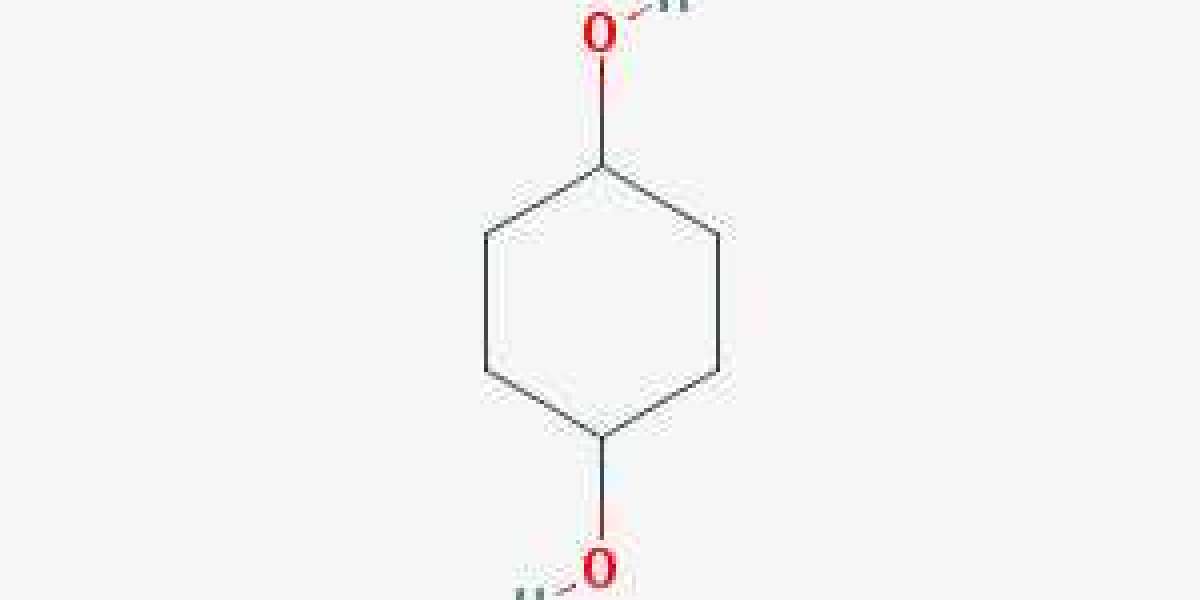How to control the temperature during the chemical supply?
The temperature control of chemical drugs during the supply process needs to be classified and managed according to the type of drug and storage conditions, mainly divided into the following three categories:
Conventional storage temperature control
Ordinary drugs: usually stored at room temperature (10-30 ℃) or in a cool place (0-20 ℃), and some drugs with higher stability are allowed to be stored at room temperature.
Refrigerated drugs such as insulin and vaccines need to be placed in an environment of 2-8 ℃, and refrigeration equipment should be used to maintain an accuracy of ± 1 ℃ during transportation.
Frozen drugs: If some biological products or special drugs need to be stored below -10 ℃, specialized freezing equipment should be used during transportation.
Temperature control measures during transportation
Short distance transportation: Adopting an ice pack and insulated box solution to ensure stable temperature within 24 hours.
Long distance transportation: using dry ice or liquid nitrogen+vacuum insulated box, the insulation time can reach 96 hours.
Ultra low temperature transportation: Gas phase liquid nitrogen tanks are used to maintain an environment of -196 ℃, suitable for extremely sensitive drugs.
Storage and Maintenance
Temperature and humidity monitoring: Real time monitoring through independent refrigeration units and GPS systems to ensure temperature fluctuations are controlled within ± 1 ℃.
Packaging protection: Equipped with intelligent temperature control packaging and built-in temperature recorder, it can trace the entire temperature change data.
Different drugs need to be matched with corresponding storage conditions, and dedicated cold chain equipment should be used during transportation to ensure stability, and a strict temperature and humidity recording system should be implemented.







